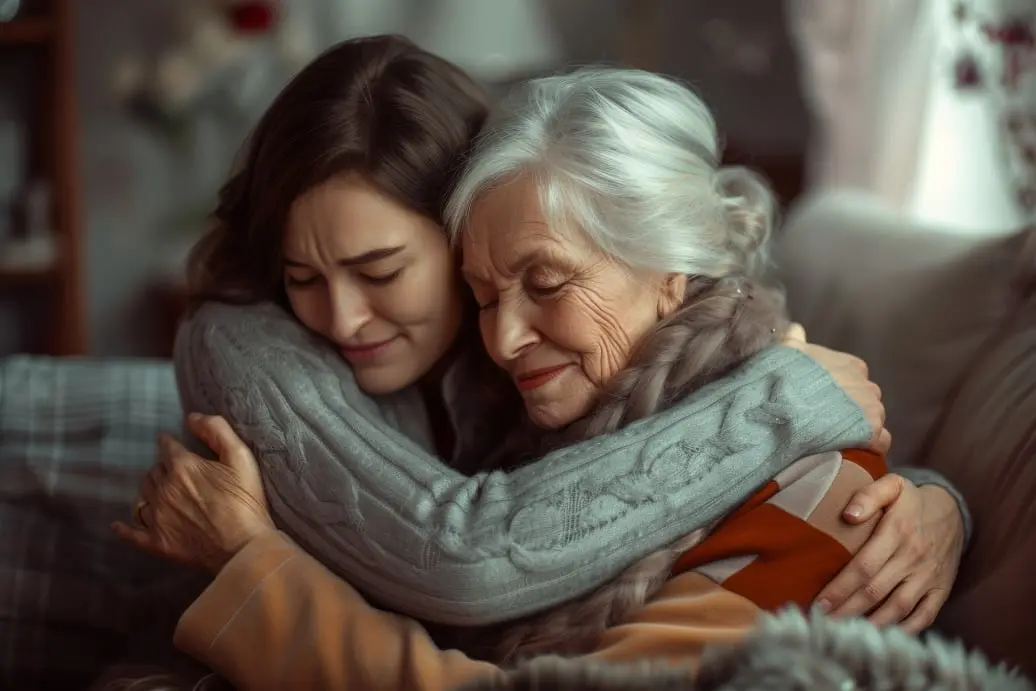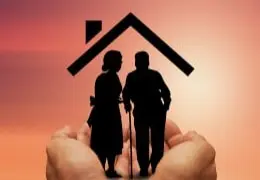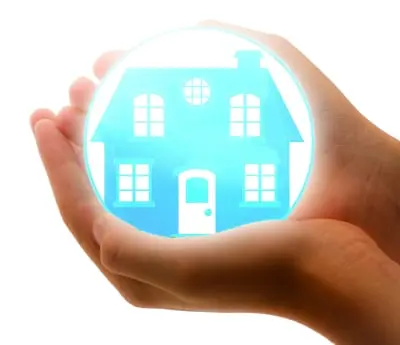Benefits of Senior Home Safety Inspections
When it comes to ensuring the safety and well-being of seniors, home safety inspections are indispensable. These inspections provide numerous benefits, fostering a secure and comfortable living environment. Let's consider some of the primary advantages of senior home safety inspections.
Identifying Potential Hazards
A key benefit of senior home safety inspections is the ability to spot potential hazards within the living space. Trained professionals conduct thorough evaluations, meticulously examining each area of the home for safety risks. By identifying hazards like loose wires, unsecured rugs, or inadequate lighting, these inspections help prevent accidents before they occur.
Promoting Independence and Peace of Mind
Senior home safety inspections foster independence and offer peace of mind for both seniors and their families. By ensuring a safe and secure living environment, these inspections enable seniors to maintain their independence and remain in their own homes. The assurance that potential hazards have been addressed, and safety measures are implemented brings comfort to both seniors and their loved ones.
Moreover, senior home safety inspections often offer recommendations for modifications and assistive devices to further enhance safety and convenience. This might include installing handrails, improving accessibility, or utilizing adaptive equipment. These modifications not only boost safety but also help seniors perform their daily activities with greater ease and confidence.
By identifying potential hazards, preventing accidents and injuries, and promoting independence, senior home safety inspections prove to be a significant investment in seniors' well-being. These inspections offer invaluable peace of mind, enabling seniors to age in place comfortably and securely.
How to Schedule a Senior Home Safety Inspection
Ensuring the safety of seniors in their homes is paramount. To schedule a senior home safety inspection, follow these key steps. This guide will help you find professional inspectors, understand the costs and insurance coverage, and prepare for the inspection effectively.
Finding Professional Inspectors
Finding a reliable and experienced professional inspector is essential for conducting a thorough and accurate senior home safety inspection. Here are some steps to help you find the right inspector:
Research
Start by looking up local home inspection companies or agencies that offer senior home safety inspections. Seek out professionals with specific experience in assessing safety hazards for seniors.
Credentials and Qualifications
Verify the credentials and qualifications of the inspectors. Look for certifications or memberships in reputable professional organizations, such as the International Association of Certified Home Inspectors (InterNACHI) or the American Society of Home Inspectors (ASHI).
References and Reviews
Read reviews and request references from previous clients. This will give you insights into the quality of their work and customer satisfaction.
Ask for Quotes
Reach out to multiple inspectors to obtain quotes for the inspection. Compare the prices and services offered to make an informed decision.
Cost and Insurance Coverage
The cost of a senior home safety inspection can vary based on several factors, such as the size of the home and the specific services provided. It's important to ask about the cost upfront to make sure it fits within your budget. Some insurance policies might cover the cost of a senior home safety inspection, so it's wise to check with your insurance provider to understand the extent of any coverage.
Once you have identified a professional inspector who meets your criteria, you can proceed with scheduling the senior home safety inspection.
Preparing for the Inspection
To maximize the benefits of a senior home safety inspection, it's important to prepare adequately in advance. Here are some steps to help you get ready:
Compile Relevant Information
Gather essential documents about the home, such as building plans, previous inspection reports, and any known safety concerns. Provide this information to the inspector for a comprehensive assessment.
Clear Access
Ensure the inspector has easy access to all areas of the home, including attics, basements, and crawl spaces. Remove any obstacles or clutter that might hinder the inspection process.
Make a List of Concerns
Prepare a list of specific safety concerns or areas you want the inspector to focus on. This will help ensure that all relevant aspects are thoroughly examined.
Accompany the Inspector
Whenever possible, be present during the inspection. This allows you to ask questions, gain insights, and better understand the safety recommendations provided by the inspector.
By following these steps, you can schedule a senior home safety inspection with confidence, knowing you are taking proactive measures to create a safe living environment for you and your loved ones.


